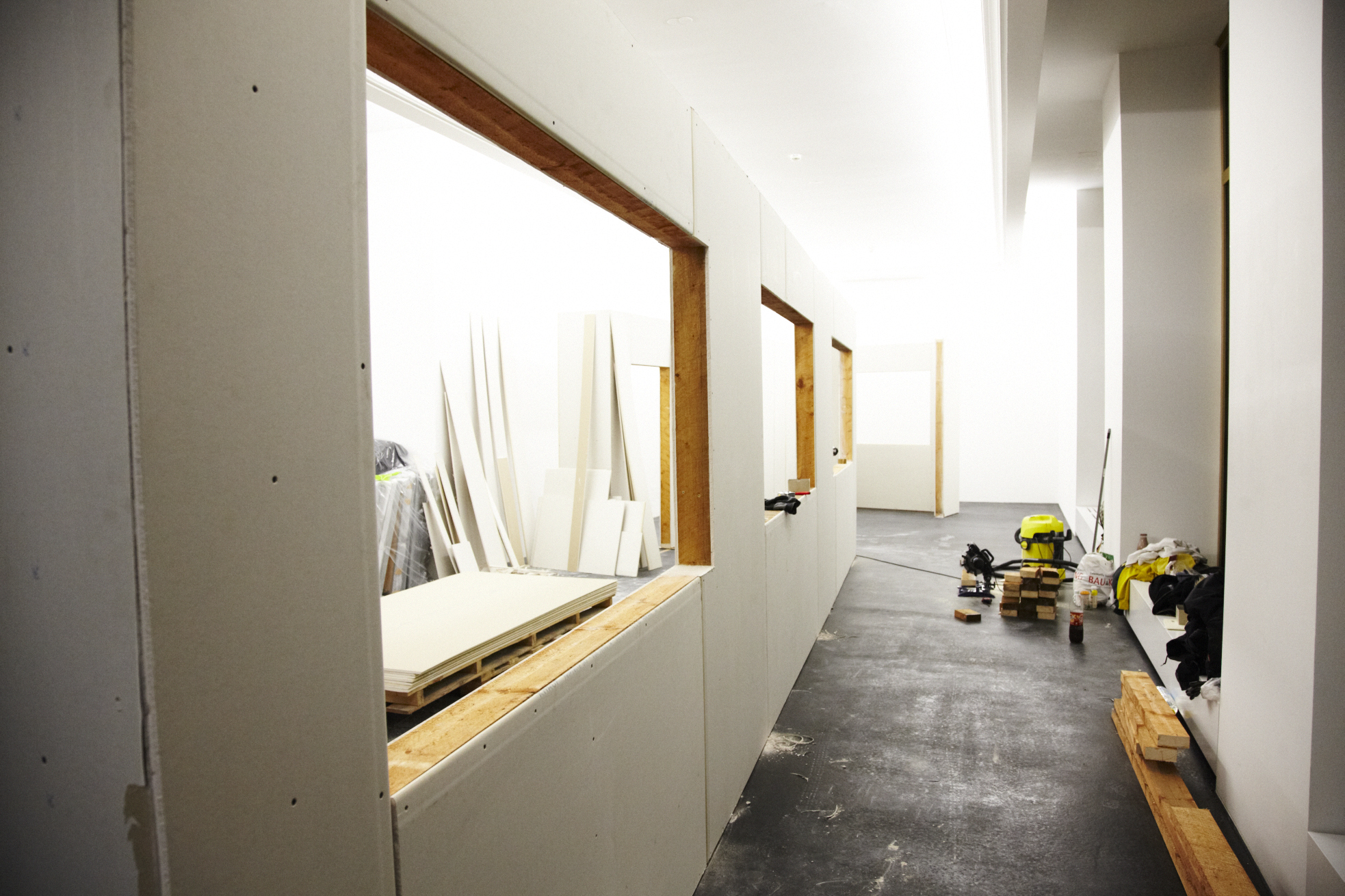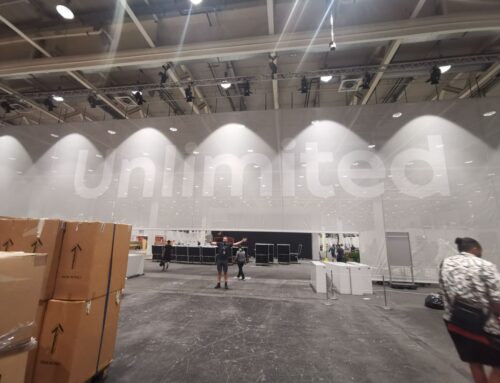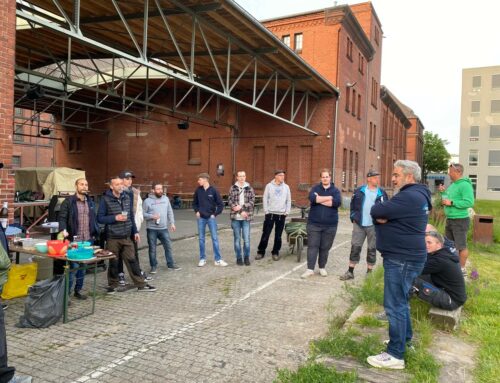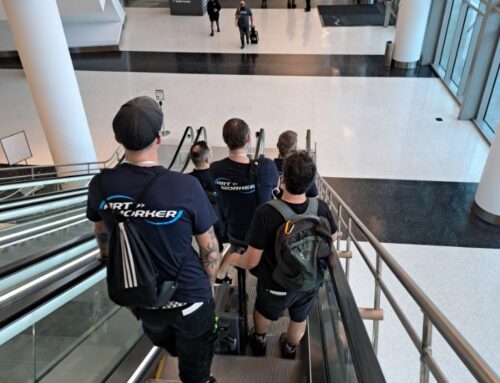Art Basel…. I could go on and on about the importance of this fair. But not this year… This year the focus is clearly on our team. It’s the year of the World Cup in Russia. At the tournament, it’s not necessarily the team with the best players that wins, but the best team. It’s a similar situation with such a big logistical challenge as Art Basel.
We have already looked after some galleries when they were not yet well known. They were represented at so-called satellite fairs. Like us, they had to fight their way up from a very young age. They have grown in parallel with us and are now involved in the big game for art and their artists. It’s hard to imagine the risks some galleries take when presenting at fairs like this. Sometimes it’s about the prestige of a gallery that it can also show daring/eccentric art. Sometimes an artist is pushed with great effort so that the art world becomes aware of him.
These shows are often very elaborate in their construction, planned over a long period of time and costly. There is no room for delays, missteps and certainly no room for damage. There is no buffer built into these calculations, everything has to go smoothly so that cost factors such as transportation and installation are kept as low as possible. It requires perfect interaction between the artist, the gallery, the project manager at the shipping company and the art handler. The artist must know what he wants and agree it with the gallery. The gallery provides the budget and sets the limits. Sometimes it is the artist who decides. What is still feasible in the remaining time, when do the means of transportation such as crates or transport frames have to be ordered so that they are ready in time and what requirements do the customs regulations demand for the journey to Switzerland?
This is where our art handlers first come into play and discuss the installation with the artist or gallery. What conditions do we have on site and at the exhibition? What are the properties of the walls, floors and ceilings; can they hold the enormous weights of some installations? Can we fit the large crates through the elevators or into the trucks? The art handler accompanies this project from the discussion with the artist, through transportation and installation, to dismantling and, if necessary, return to the gallery. As this process does not take place over a continuous period of time, the art handler cannot always be present. All communication takes place via the daily partner in the office, the project manager. This is where all the information comes together and is channeled and forwarded to the appropriate people. The ArtHandler, who manages many other projects in his day-to-day job, is therefore always kept up to date until the installation has to be picked up or physically moved.
It’s hard to imagine how many emails our project managers have to deal with during the exhibition period. Keeping an overview here requires good organization of the work steps. Communication channels must be kept short, prompt and accessible. This year, some of our art handlers had to leave early as they had all been given different delivery dates. Some galleries had received special permits so that they could start setting up their elaborate artworks earlier. Each individual had their job in mind, knew the master plan and was able to integrate themselves into the big picture at all times. Not only did we have a huge amount of modern art with us, we also had a lot of galleries with us that we have been looking after for years. If we can manage to face our customers with a friendly smile without letting them feel the huge burden on our shoulders, then we have organized a successful fair. As always, it was a pleasure to be at the service of art….
We also have a short video of the fair on our Facebook page:
https://www.facebook.com/artsecoGmbH/












